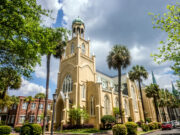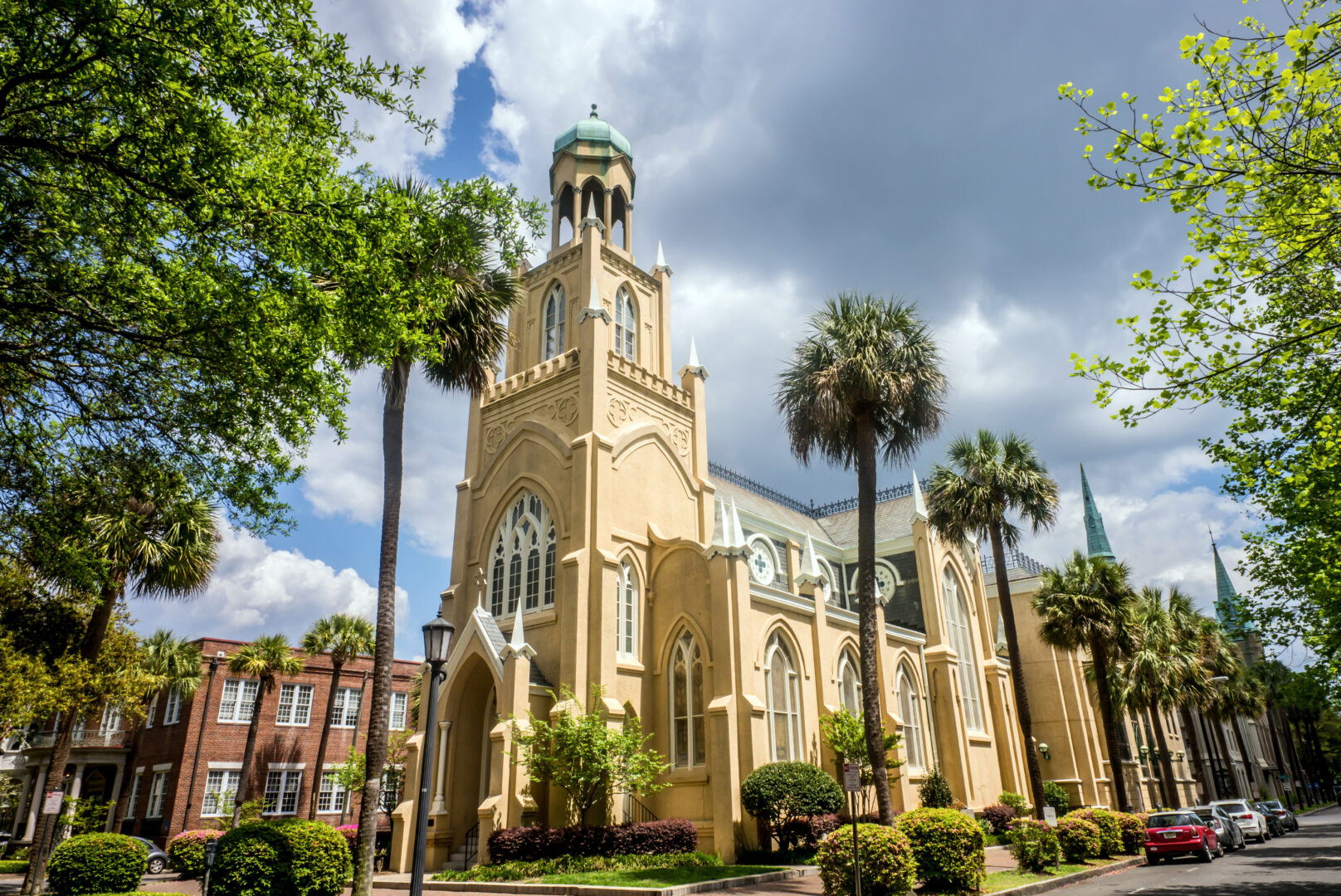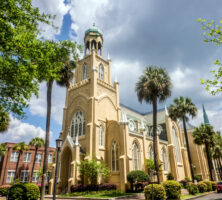Samuel Nunes (or Nunez), a physician, was one of the first Jewish immigrants to the Georgia colony in 1733. He provided vital medical aid, which helped the settlement survive its first year of existence.
Life in Europe
Born Diogo Nunes Ribeiro in Portugal, in 1667 or 1668, into a respected medical family, he married Gracia Caetana da Veiga in June 1699. They had several children, and their youngest daughter, Sipra (also spelled “Zipra” or “Zipporah”), lived to be eighty-six years old; she recalled many events affecting the life of her father and family in Portugal, England, and America.
In Lisbon, Nunes was a well-known physician who served the prominent Dominican monastery there and, according to his daughter, the Portuguese Grand Inquisitor. Nunes and his family were considered crypto-Jews—individuals who complied with the Spanish and Portuguese orders to convert to Christianity but who maintained Jewish traditions in secret. The Portuguese Inquisition sought to root out such people. It arrested Nunes during the summer of 1703 on an accusation of ascribing to Judaism and encouraging associates to reject Christianity. His reputation as a physician prompted several Dominicans to testify in his defense, but the prosecution and torture of Nunes took their toll. He confessed to the charges and implicated his wife and several family members as well. Sipra’s recollections suggested that Nunes managed to regain some of his medical influence and maintained a type of city parole. Yet the family probably lost most of its wealth through confiscation.

Photograph by Mark Kortum
Between 1700 and 1735 at least 1,500 Portuguese Jews fled to Britain and the Netherlands. Sea captains transported immigrants to London, England, in exchange for payment, which was frequently provided by London’s Bevis Marks Synagogue. Nunes participated in this underground network and smuggled Jews out of Lisbon. In the mid-1720s Nunes and his wife, children, and other family members fled as well. Once in London, Nunes and his family took different names that reflected their Jewish heritage. Nunes assumed the name Samuel, and his wife became known as Rebecca. Life in London was difficult; the family spoke little English and faced economic hardship. Nunes briefly served as physician to the poor of the Bevis Marks congregation to provide extra money for his family.
Immigration to the Georgia Colony
The flood of Iberian and German Jews during the early 1700s caused prominent Jews of London to worry that such a large influx of new arrivals would reduce funds available to care for them and cause repercussions from the Christian population. In 1732 three leading men of the Bevis Marks congregation, Francis Salvador, Alvaro Lopes Suasso, and Antonio da Costa, helped raise money to transport about forty Jews aboard a ship named the William and Sarah to the new colony of Georgia. A hazardous journey followed, during which the ship nearly wrecked off the coast of North Carolina. When the exhausted immigrants arrived in Georgia in July 1733, they found a colony barely five months old with settlers suffering from an intestinal ailment and fever. William Cox, the colony’s physician, had died from the disease, as had more than twenty settlers.
At first James Edward Oglethorpe, a member of the Trustees who directed Georgia’s early settlement, did not know what to do about the Jewish immigrants. They, along with Catholics, were excluded from the religious liberty guaranteed other groups under the Georgia charter. After consulting a Charleston, South Carolina, lawyer, who ruled that the charter guaranteed religious freedom for all non-Catholics, Oglethorpe admitted the William and Sarah passengers and so informed the Trustees. He conveyed particular gratitude to Nunes, who had prescribed cold baths and cool drinks to relieve the illness suffered by the colonists; those who followed his instructions survived. Oglethorpe recommended that Nunes be employed as physician of the colony.
The Trustees agreed to pay Nunes but tried to deny permanent residency to the Jewish immigrants. They feared that Georgia would gain a reputation as a haven for European Jews. Oglethorpe ignored their instructions and in December 1733 permitted fourteen Jews, including Nunes, to acquire land.
The immigrants soon established Congregation Mickve Israel, which has survived as the oldest Jewish congregation in the South.
Nunes and his family experienced success and difficulties in Georgia. Cultural, religious, and language differences between the Sephardic and Ashkenazic Jews hindered efforts to build a synagogue. Johann Martin Boltzius noted that the doctor spoke Latin well, but he expressed skepticism about Nunes’s medical ability. His comments may have extended from a preference for the German-speaking Jews, who had given aid to Boltzius and his Salzburger community. John Wesley demonstrated a more open attitude. He hoped to convert all non-Christians. He befriended Nunes and requested the elderly doctor to instruct him in Spanish.
When news of Britain’s hostilities with Spain, known as the War of Jenkins’ Ear, reached the colony, Sephardic Jews feared renewed punishment for practicing Judaism if Georgia fell to Spain. Most Jewish settlers left the colony. Nunes, then in his seventies, and some of his family moved to Charleston in August 1740. Soon after, he moved to New York with his daughter Sipra and apparently died there. In time, two of Nunes’s sons, Daniel and Moses, returned to Georgia, where they became wealthy landowners and respected citizens.






